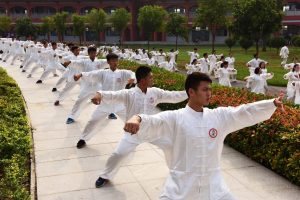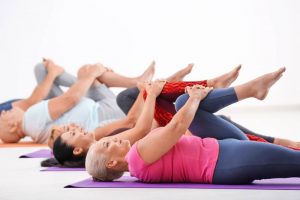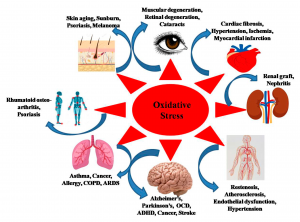Mindfulness is Associated with Better Medical Students School Performance
By John M. de Castro, Ph.D.
“in medical students . . . mindfulness meditation may be used to elicit positive emotions, minimize negative affect and rumination, and enable effective emotion regulation.” – Michael Minichiello
Medical School is challenging both intellectually and psychologically. Stress levels are high, and burnout is common. It’s been estimated that 63% of medical students experience negative consequences from stress while symptoms of severe stress were present in 25% of students. High stress levels lead to lower performance in medical school and higher levels of physical and mental health problems, especially anxiety and depression. Indeed 50% of medical students report burnout and 11% have considered suicide in the last year.
Obviously, there is a need to either lower stress levels in medical education or find methods to assist medical students in dealing with the stress. One promising possibility is mindfulness training. It has been shown to reduce stress in students, to help with the negative consequences of stress and to reduce burnout in medical professionals. So, it would seem reasonable to suspect that mindfulness would be helpful in assisting medical students cope with the stress of their training.
In today’s Research News article “Mindfulness practice correlates with reduced exam-induced stress and improved exam performance in preclinical medical students with the “acting with awareness”, “non-judging” and “non-reacting” facets of mindfulness particularly associated with improved exam performance.” (See summary below or view the full text of the study at: https://www.ncbi.nlm.nih.gov/pmc/articles/PMC8864822/ ) Hearn and Stocker recruited undergraduate medical students at the end of their 2nd year of study and measured them 7 days before and immediately before their end-of-year examinations for salivary cortisol levels, perceived stress, mindfulness, and exam performance.
They found that just prior to the exams there were, not surprisingly, significant increases in perceived stress and salivary cortisol levels. The greater the increase in salivary cortisol levels the poorer the performance on the exams. In addition, the greater the students’ levels of mindfulness, including the acting with awareness, non-judging, and non-reactivity facet scores, the better the exam performance and the smaller the.increase in salivary cortisol.
These findings are correlative. So, causation cannot be determined. But these results suggest that mindfulness is associated with smaller physiological responses to stress and better grades.
Hence, the more mindful the students were the better their academic performance.
“We all have a need to know ourselves better and to understand our place in the world. That’s the fundamental motivation for students to not only think of medical training as learning a set of facts and procedures but also paying attention to their evolving relationship to the work that they do. The meaning they derive from that work, and their connection to it.” – Ronald Epstein
CMCS – Center for Mindfulness and Contemplative Studies
This and other Contemplative Studies posts are also available on Twitter @MindfulResearch
Study Summary
Hearn, J. H., & Stocker, C. J. (2022). Mindfulness practice correlates with reduced exam-induced stress and improved exam performance in preclinical medical students with the “acting with awareness”, “non-judging” and “non-reacting” facets of mindfulness particularly associated with improved exam performance. BMC psychology, 10(1), 41. https://doi.org/10.1186/s40359-022-00754-3
Abstract
Background
Medical students demonstrate higher levels of psychological distress compared with the general population and other student groups, especially at exam times. Mindfulness interventions show promise in stress reduction for this group, and in the reduction of cortisol, an established clinical marker of the body’s stress response. This study investigated the relationship of mindfulness to exam-induced stress, salivary cortisol and exam performance in undergraduate medical students.
Methods
A controlled pre-post analysis design with within-groups comparisons. 67 medical students completed the five facet mindfulness questionnaire (FFMQ) and provided saliva samples, from which cortisol was extracted, during group work (control/baseline) and immediately prior to end of year 2 examinations (experimental). Academic performance data was extracted for comparison with measures.
Results
Exam-induced salivary cortisol concentration showed a significant negative relation with exam performance. Total FFMQ score showed a significant positive relation with exam performance and a significant negative relation with exam-induced salivary cortisol. The specific mindfulness facets of acting with awareness, non-judging and non-reacting also showed a positive correlation with exam performance.
Conclusions
This study suggests that there exists an important relationship between mindfulness and the physiological biomarker of stress, cortisol, and this manifests into improved assessment outcomes potentially through healthier, more adaptive coping and stress management strategies. In particular, this study identifies the acting with awareness, non-judging and non-reacting facets of mindfulness to be significantly associated with exam performance suggesting that these may be important facets for clinical educators to target when helping students with mindfulness practice.
https://www.ncbi.nlm.nih.gov/pmc/articles/PMC8864822/









